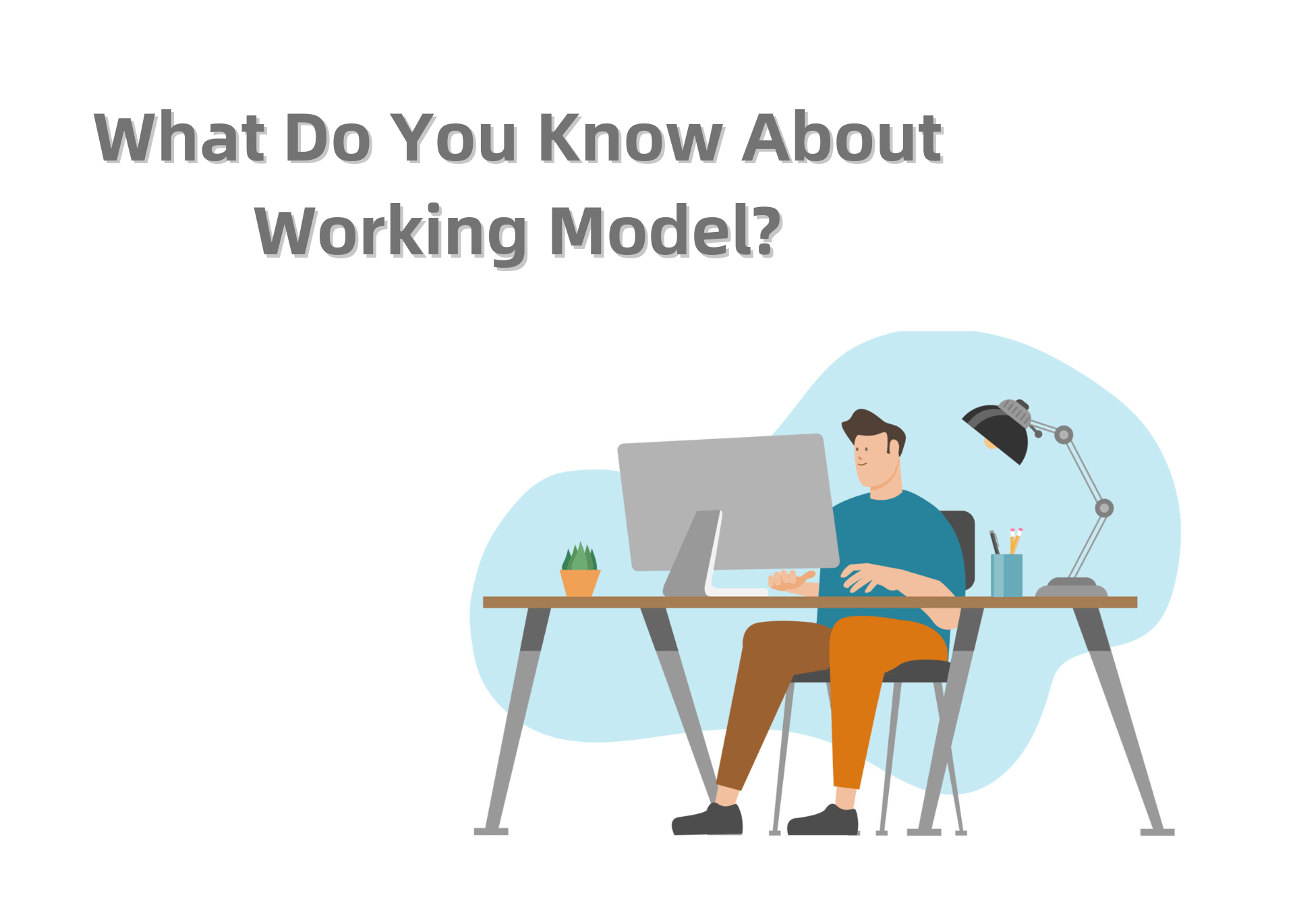ClevGuard Support: Monitor Devices with Others' Permission.
In today's dynamic business environment, organizations strive for productivity and efficiency through innovative work models. Choosing between fully remote, office-based, or hybrid models is critical. This guide delves into the pros and cons of each, aiding organizations in selecting the model that best balances productivity and employee satisfaction.
What Are Work Models?
Work models function as organizational blueprints, molding work environments and directing employees in their daily tasks. They impact workspace design, interaction dynamics, and schedule flexibility.
The implementation of a particular work model allows organizations to establish clear lines of authority, delegate responsibilities effectively, and improve task efficiency. Importantly, these models define roles and responsibilities, empowering employees to excel in their duties.

Major Types of Working Models
In this section, we are going to brief you the four types of working models. Choose the most well-suited one as per your actual needs.
Fully Remote Work Model
Fully remote work, often called virtual offices, enables employees to work from anywhere with internet access. It's perfect for businesses spanning different locations, relying on remote service delivery or product distribution. The perks include flexible hours, time saved without daily commutes, reduced commuting stress, and better access to technology and opportunities.

However, challenges may arise, such as maintaining work-life balance and dealing with communication issues due to the absence of face-to-face interactions.
Pros:
Cons:
In remote work where employee productivity cannot be further ensured, many organizations would go for an employee monitoring tool to guarantee that everyone stays on the right track. If your business is adopting this model of work, I'd like to recommend MoniVisor as your go-to PC monitoring software.
Office-based work model
In the traditional office-based work setup, employees operate from a physical office space, encouraging direct interaction and collaboration among team members. This model is well-suited for organizations that value face-to-face meetings and a structured work environment, fostering a heightened sense of professionalism.
However, it does come with its set of challenges, including the hassles of commuting, potential distractions within the workplace, and the risk of work-life balance getting out of sync.
Pros:

Cons:
Hybrid Work Model
In the hybrid work setup, employees get the best of both worlds—some days working remotely and others at the office. This mix brings flexibility, saves costs for the company, and boosts employee satisfaction. People can choose where to work based on their tasks, promoting a better work-life balance.
While the hybrid model has its perks, it needs thoughtful coordination, clear communication, and addressing differences between remote and office-based teams for smooth operation.
Pros:
Cons:
Deskless worker model
In jobs like retail, healthcare, hospitality, and field services, not everyone sticks to a desk or an office. They've got what's called the deskless worker model, crafted for roles where you're not tied down to one spot.
Think about folks on the shop floor, taking care of patients, handling hospitality services, or out in the field. Their work doesn't happen at a desk, so they need a setup that moves with them. The deskless worker model gets that different jobs need different environments, and it shapes things accordingly in these diverse industries.
Pros:
Cons:
How to Choose the Best Model of Working
When figuring out the best way for your team to work, you've got to think about a few things: Look at the kind of tasks everyone's doing and how much teamwork is needed.
Talk to your team to find out what they like and need.
And of course, think about the costs, how professional things need to be, and the vibe you want at work.
Consider where your company is right now and where it's headed.
If you're making a change, plan it out and let everyone know what's happening. Communication is key.
Take all these things into account, match them up with your goals and values, and you'll find a way of working that boosts productivity, makes your team happy, and sets you up for success.
Conclusion
Nowadays, picking the right work model is crucial for success. Whether it's fully remote, office-based, or a mix of both, each has its pros and cons. Considering factors like job needs, what employees prefer, and costs, and managing the transition well, are vital for productivity and satisfaction. Once again, if you need a time management tool to track how your employees use their computers, MoniVisor won't let you down.






